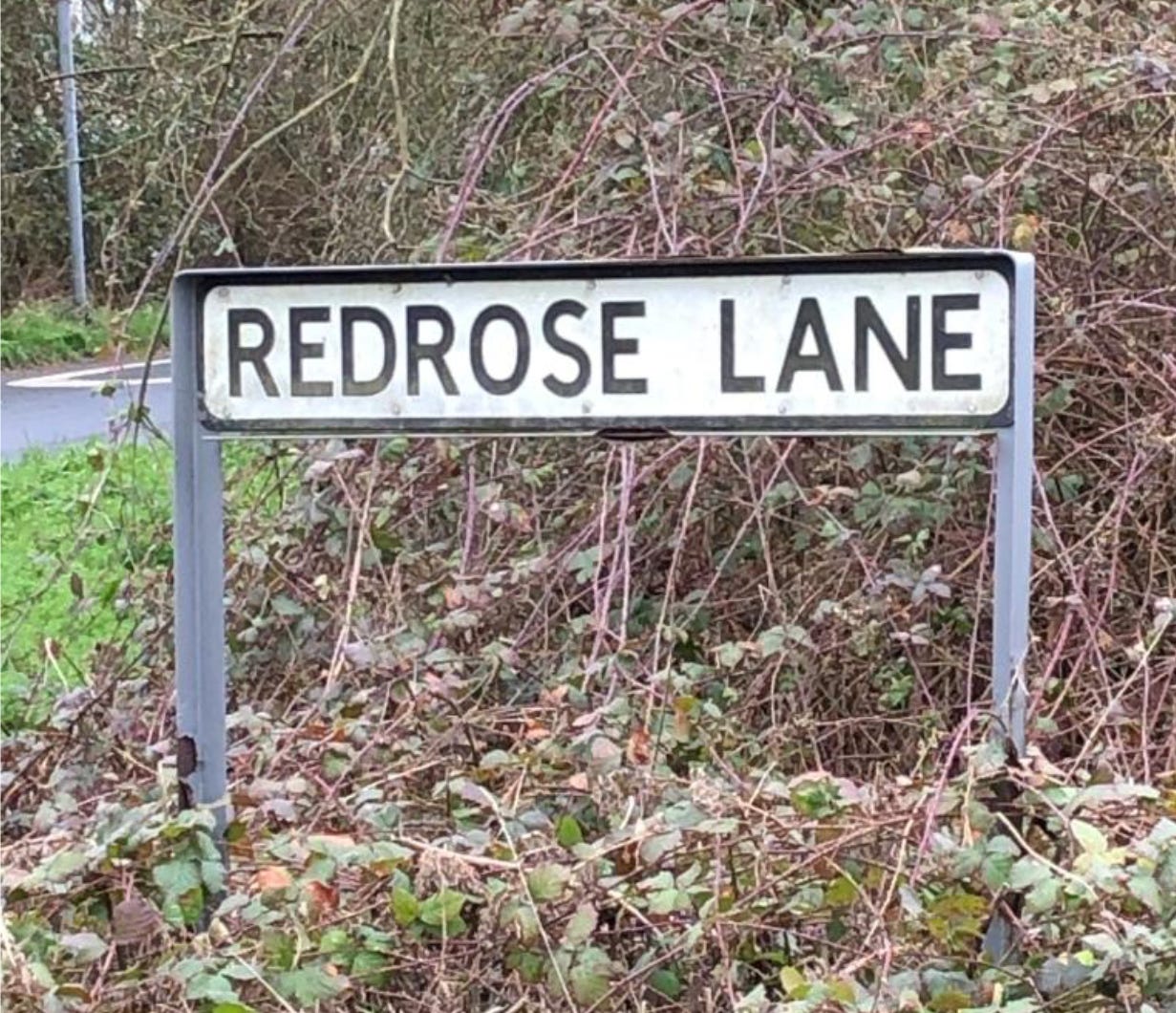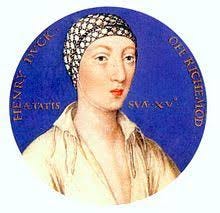A slightly different type of post from me today about a village not far from where I live with a fascinating history and little known Tudor connection. The village of Blackmore is aptly named, for when the Black Death arrived in the 1300’s it carried away two thirds of the population. It is said that two roads were put in to bypass the village, so that travellers, fearful of contagion needn’t pass through the village itself. One of these roads, the again aptly named Red Rose Lane, I drove down in our quest to find St Lawrence’s church.
St Lawrence’s church is all that remains today, above ground, of Blackmore Priory. The priory was founded in the late 12th century, when Richard de Balmeis, Bishop of London, granted the order for the creation of it there. It was a small, contained Augustinian order and the building today is notable for its all wooden steeple.
The inside of the church is typical of most in England, white washed walls are interspersed with stained glass and columns. To the right of the high altar stands the impressive altar tomb of Thomas Smyth (died 1592) and his second wife Margaret. The tomb is made up of modern brick sides surmounted by their incredibly detailed alabaster effigies. The Smyth family tore down the rest of the priory (1540-43) following the Dissolution of the Monasteries.
The church also boasts the only Cresset stone in Essex, a medieval form of lighting. We were lucky the day we visited, a local church warden was present and when he heard of our historical interest in the building he offered to open the tower for us so we could have a look at the internal structure.
The wall pictured above is believed to be the original entrance into the priory church, the tower was built slightly later in the 14th century. Below are pictures of the internal wooden structure.
The church has undertaken dendrochronological analysis on the timbers and the uprights were mostly felled in the winter of 1397/8 – dating extremely accurately to the date of construction. As well as offering an opportunity to study medieval construction. It is truly an incredible sight.
The village was also home to a house known as ‘Jericho house’ formerly part of the priory and it was here that in 1519 Elizabeth Blount, mistress to Henry VIII when her pregnancy became obvious, was sent by Wolsey to give birth to her and Henry’s son, Henry Fitzroy. The house was used as the home of the prior Thomas Goldwyn, had been bought by Henry VIII from the priory. It was a moated house, surrounded by high brick walls, affording the inhabitants a degree of privacy. It also backed into the river Can, which locally is referred to as the river Jordan, hence the house's name. Henry VIII was a frequent visitor to Blackmore and it is said that a large portion of his and Elizabeth’s trysts took place there. Blackmore being at the time known as one of Henry’s “Houses of pleasure.” After their son’s birth Elizabeth stayed there for a time and Henry would often “go to Jericho” to visit them both. Sadly today nothing exists above ground of the Jericho house that Henry would have known, a Georgian building stands in its place, but you can make out traces of the original Tudor moat.









I have an interpretation of London churches during the Tudor period that I hope you would evaluate: churches were neighborhood institutions and clerks and parish priests were socially central to these neighborhoods. If this is true, does this apply before the early modern period and when did this break down after the Tudor period?